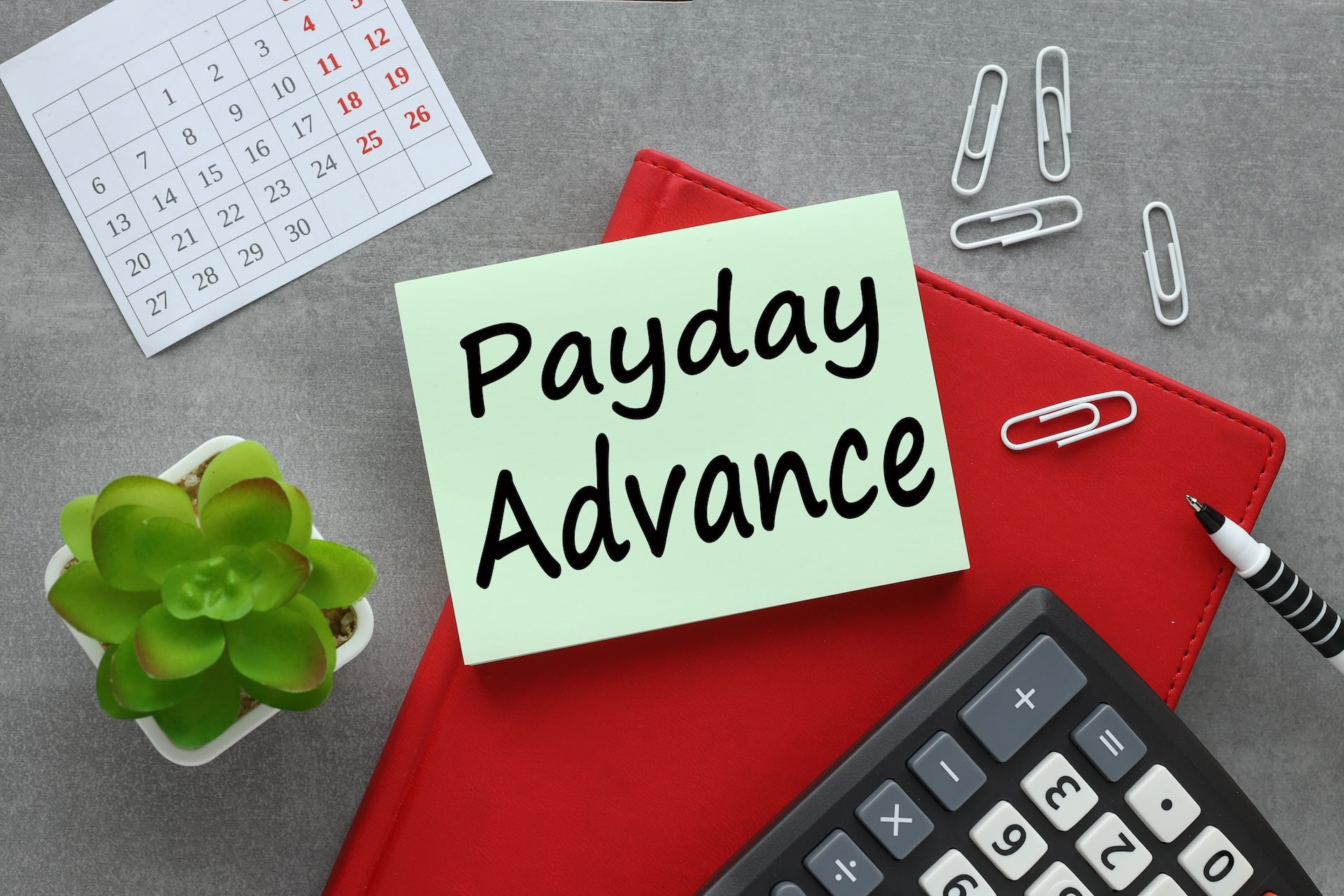This article is for informational purposes only and should not be relied on as financial advice.
Summary:
- Filing for personal bankruptcy should be a last resort since your credit score will take a big hit.
- Contact lenders and companies that you pay monthly and try to come up with payment plans that you feel you can commit to.
- If you choose to work with a credit repair service, research them first to find the one that is right for you.
Feeling underwater with your finances? The extra $600 per week in federal unemployment expires at the end of July. If you lost your job due to the pandemic and don’t yet have any job prospects, you may feel overwhelmed with all the bills you have to pay once the available relief programs end.
It’s important to know that you aren’t alone and that there are options out there to help you manage your debt. Bankruptcy should generally be considered a last resort, but it’s important to know what it entails to decide whether it’s the right move for you.
What is personal bankruptcy?
Bankruptcy is a legal way of having some of your debt forgiven, but it comes with a price and can knock your credit score by about 200 points. If you file what’s known as “Chapter 7”, it usually means you liquidate your assets to pay creditors what you can, and the remaining debt is discharged.. It’s important to note that mortgages and car loans are not included in Chapter 7, and you need to continue to make payments. This type of bankruptcy remains on your credit report for 10 years.
Chapter 13 is usually a little less extreme. This involves a court-ordered payment plan, which can span 3-5 years. This type of bankruptcy remains on your credit report for seven years from the date of your filing.
Please note every bankruptcy case is different, so do your research to determine the likely outcome on your specific assets. For more information on Chapters 13 and 7, click here.
Bankruptcy should generally be a last resort. Learn your options.
So if bankruptcy should generally be the last option you consider, what are the other options?
See what federal programs are available to you: For example, the $2 trillion CARES Act package offers 180 days of mortgage forbearance, meaning temporarily pausing your mortgage payments. Also, check your state’s and city’s websites to find out what they may be doing as well regarding financial help during the pandemic.
Examine your other expenses. Don’t worry about paying off all your debt at once. Can you afford to pay the minimum on monthly bills? Even making the minimums until you can get back on your feet will help preserve your credit score and chip away slowly at your debt.
Try to negotiate with your lenders: Don’t just stop paying your bills. If you cannot afford the minimum payments, contact your lenders, such as your bank for your car loan, and companies, such as your cell phone provider, to see if they will agree to a payment plan that you would be comfortable with. Even after the government relief programs expire, your lenders may be willing to work with you on a case-by-case basis. They want to get paid too, so it also works in their favor to work out a payment plan without resorting to missing payments and racking up more debt.
For example, this past April, various car insurance companies announced they would give consumers refunds because of the stay-at-home orders.
Credit repair services can also help
Credit repair is all about fixing and rebuilding your credit score. While bankruptcy can stay on your credit report for 7-10 years, late payments can also stay on your report for 7 years.
There are three main ways you can start repairing your credit. One is to do it yourself. A second way is to speak with a counselor at the National Foundation for Credit Counseling, which is considered the largest nonprofit financial counseling organization in the country. A counselor may be able to assist you on your path to repair your credit and improve your financial health.
A third way is to work with a credit repair service. If you decide to go the professional help route, make sure you choose a reputable service. According to U.S. News & World Report, avoid companies that “demand an upfront payment, don’t provide a contract and/or promise a quick and simple fix.”
You can also check to see if the credit repair company has any complaints by going to the Consumer Complaint Database on the Consumer Financial Protection Bureau website.
Protecting your credit
Overall, you want to make smart decisions that will help you get on the right track towards financial wellness. You can monitor your score for free on Credit Sesame, and we’ll also provide you with personalized recommendations to help improve your score.
We understand that this is a very stressful time. Do as much research as possible before making your decision and only file for bankruptcy if it’s a last resort.




















